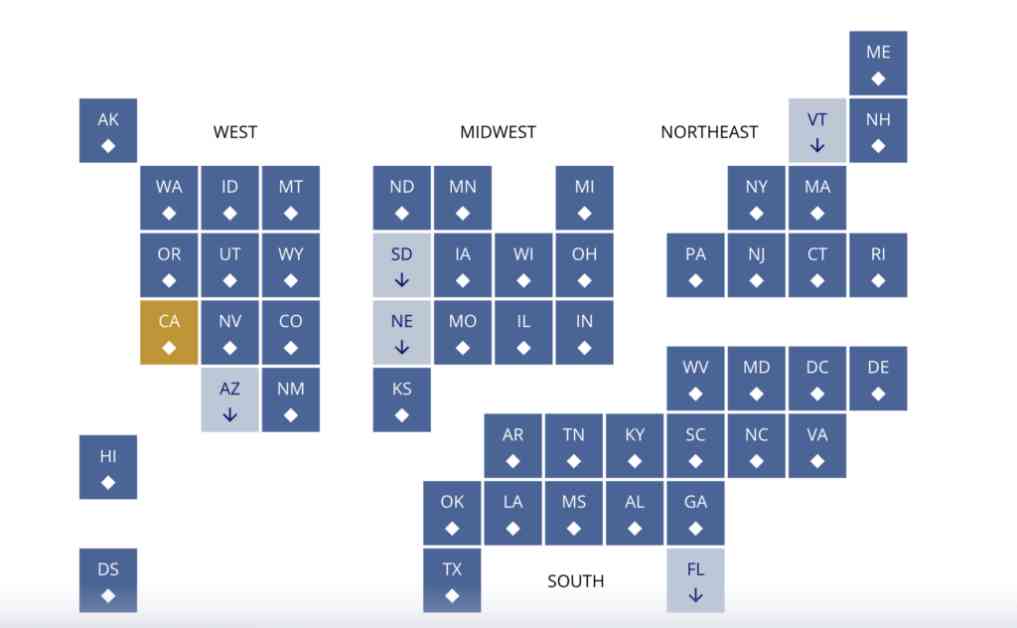California’s Educational Challenges Highlighted in National Assessment
In the whirlwind of education, California finds itself at a crossroads, grappling with the aftermath of the pandemic and its impact on student achievement. The recently released results of the National Assessment for Educational Progress (NAEP) have once again painted a somber picture for the state, showcasing a decline in both math and reading scores compared to pre-pandemic levels.
The NAEP, known as The Nation’s Report Card, stands as a beacon of truth in the educational landscape, offering a comprehensive evaluation of student performance across the nation. In the latest assessment, California students were left trailing behind, with no statistically significant improvements in reading and math scores, mirroring a national trend of stagnation.
Perry Carr, commissioner of the National Center for Education Statistics, expressed concern over the widening gaps among students from different socio-economic backgrounds and racial groups. The stark reality of 33% of eighth graders reading Below Basic, the highest in the assessment’s history, serves as a wake-up call for the education system.
Diving deeper into the data, the disparities in student achievement become even more pronounced. While some students show progress, a significant portion lags behind, signaling a potential crisis in the making. Eric Hanushek, a Senior Fellow at the Hoover Institution at Stanford University, warns of the long-term consequences of this trend, emphasizing the impact on income distribution over a lifetime.
The narrative of California’s educational journey unfolds against a backdrop of mixed results. While the state has made strides in narrowing the gap in reading scores with the nation, the recent dip in overall performance raises concerns about the future trajectory. The ebb and flow of math scores, with fourth grade showing improvement but eighth grade taking a hit, adds another layer of complexity to the narrative.
Delving into the specifics, California’s performance on the NAEP scale places it ahead of only three states in reading, indicating room for growth and improvement. The stark contrasts in achievement levels based on race and ethnicity further underscore the need for targeted interventions to address systemic inequalities within the education system.
As we navigate the road ahead, it becomes increasingly clear that the challenges facing California’s educational landscape are multifaceted and require a holistic approach. The call for equitable education, tailored interventions, and targeted support for marginalized students echoes throughout the data, urging stakeholders to come together in pursuit of a brighter future for all.
In the face of adversity, the resilience and determination of California’s students shine through, embodying the spirit of hope and progress. The journey towards educational equity may be long and arduous, but with concerted efforts and collective action, the state can pave the way for a brighter tomorrow.
As we reflect on the implications of the NAEP results, the message is clear: the time for change is now. Education is the cornerstone of a thriving society, and investing in the future of our students is an investment in the future of California. Let us rise to the occasion, united in our commitment to shaping a brighter, more equitable educational landscape for generations to come.
